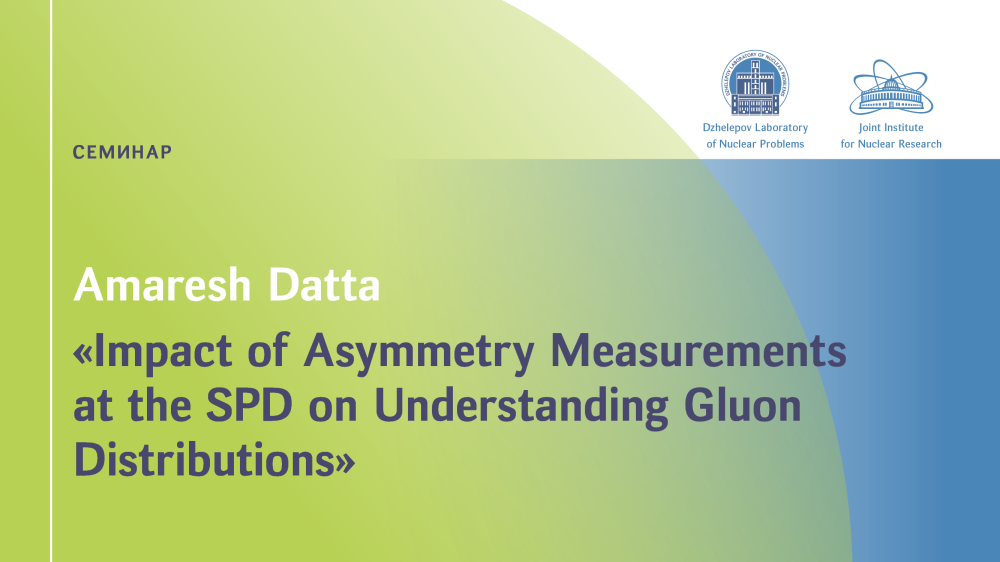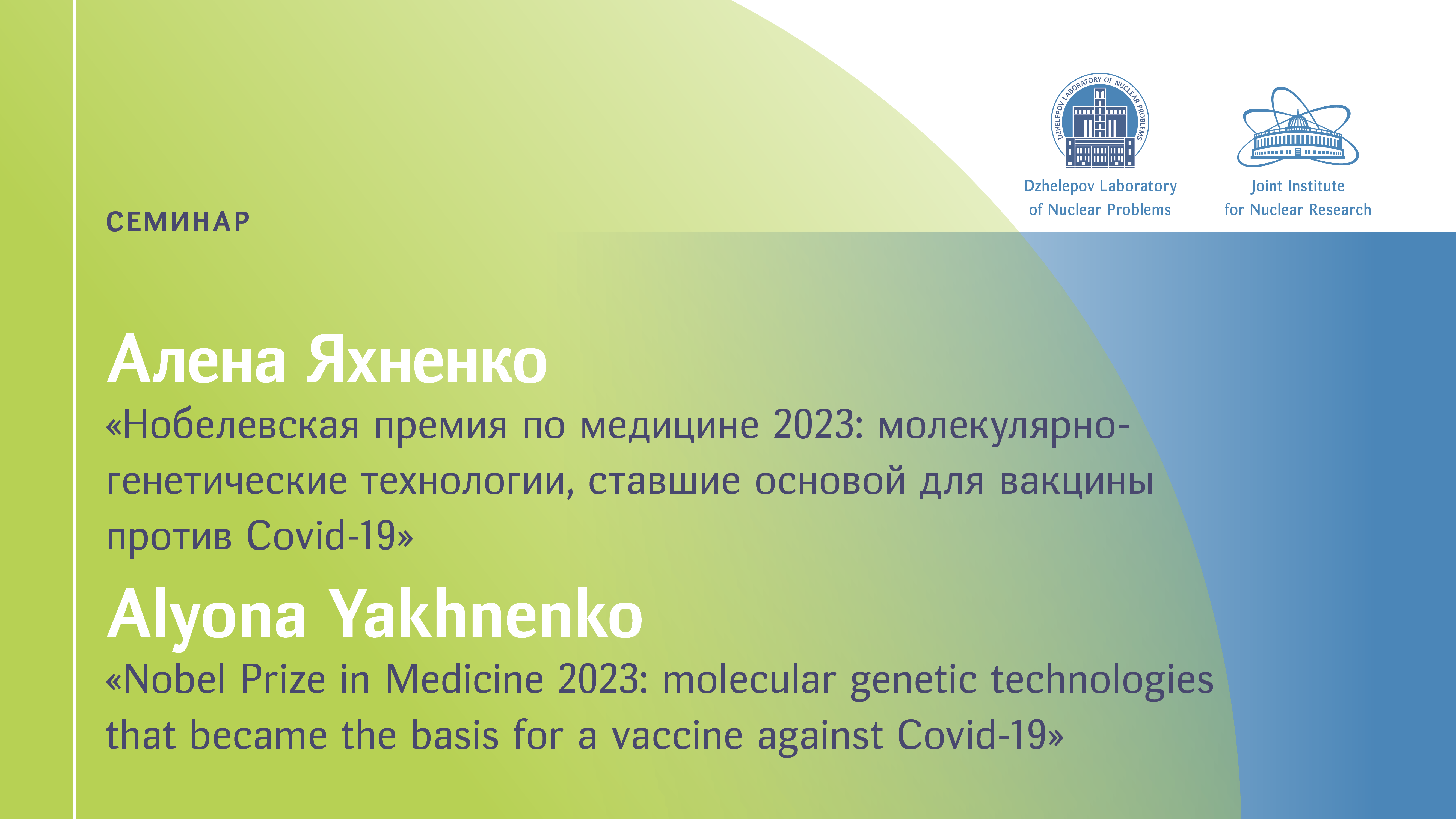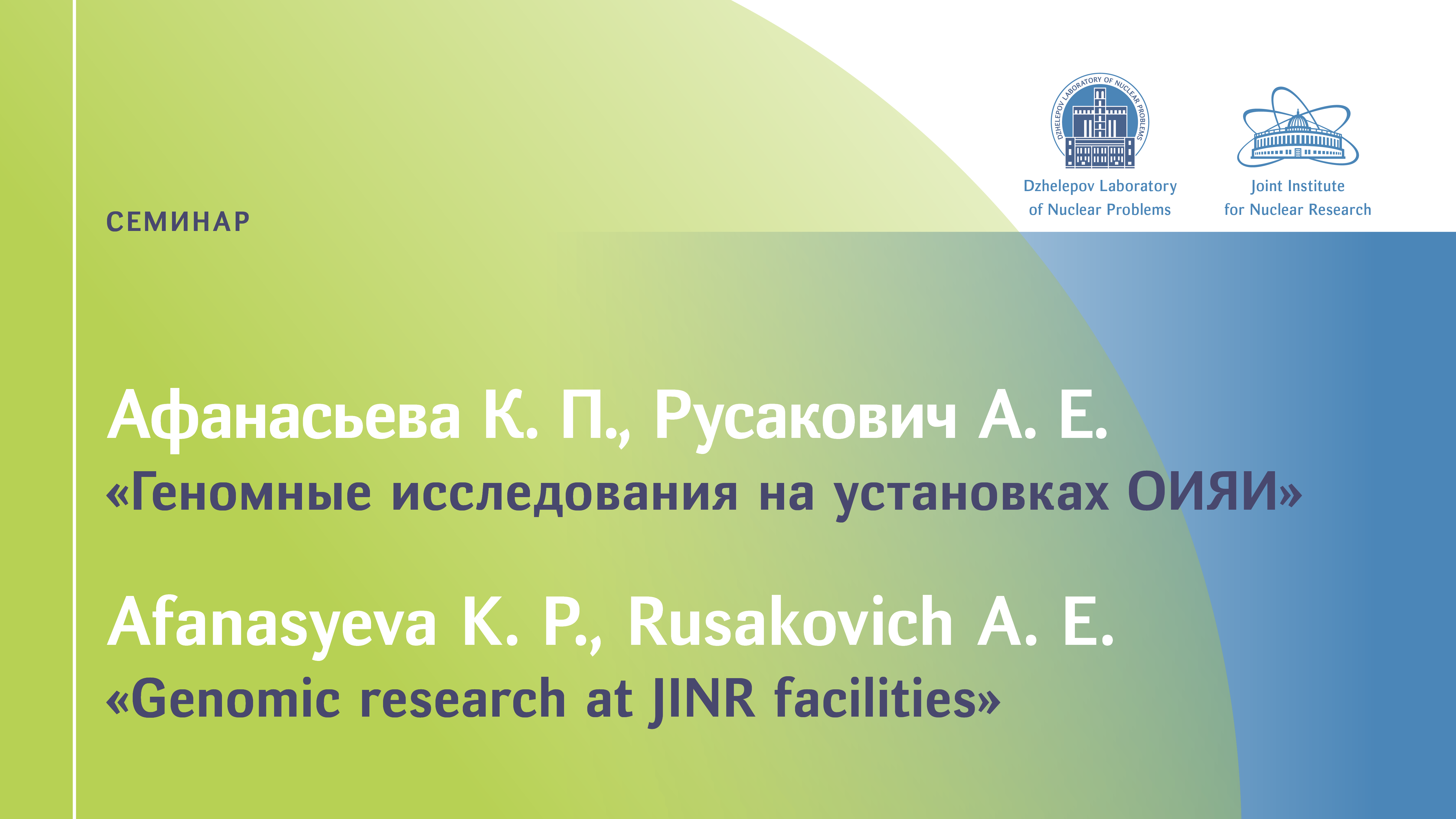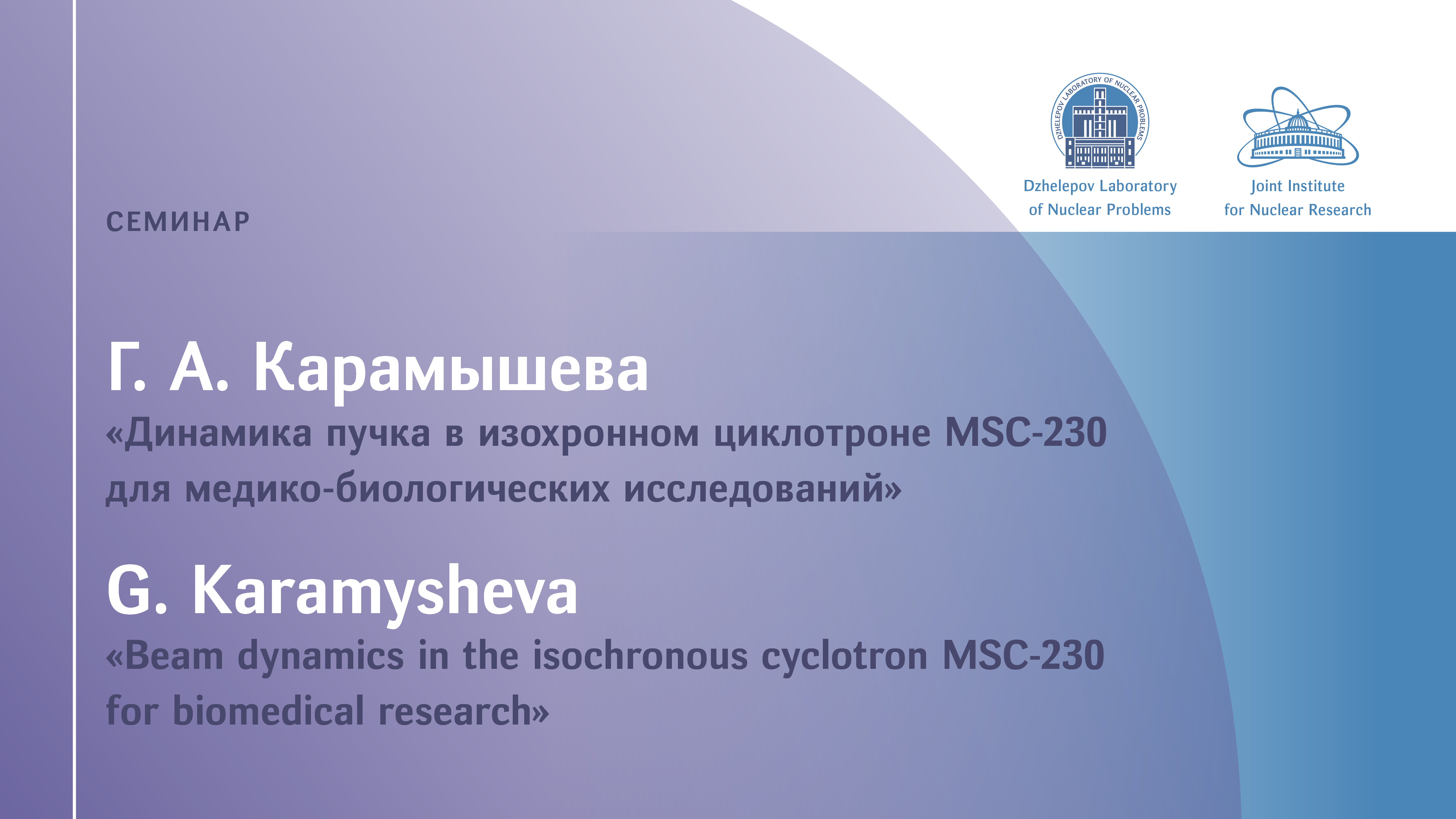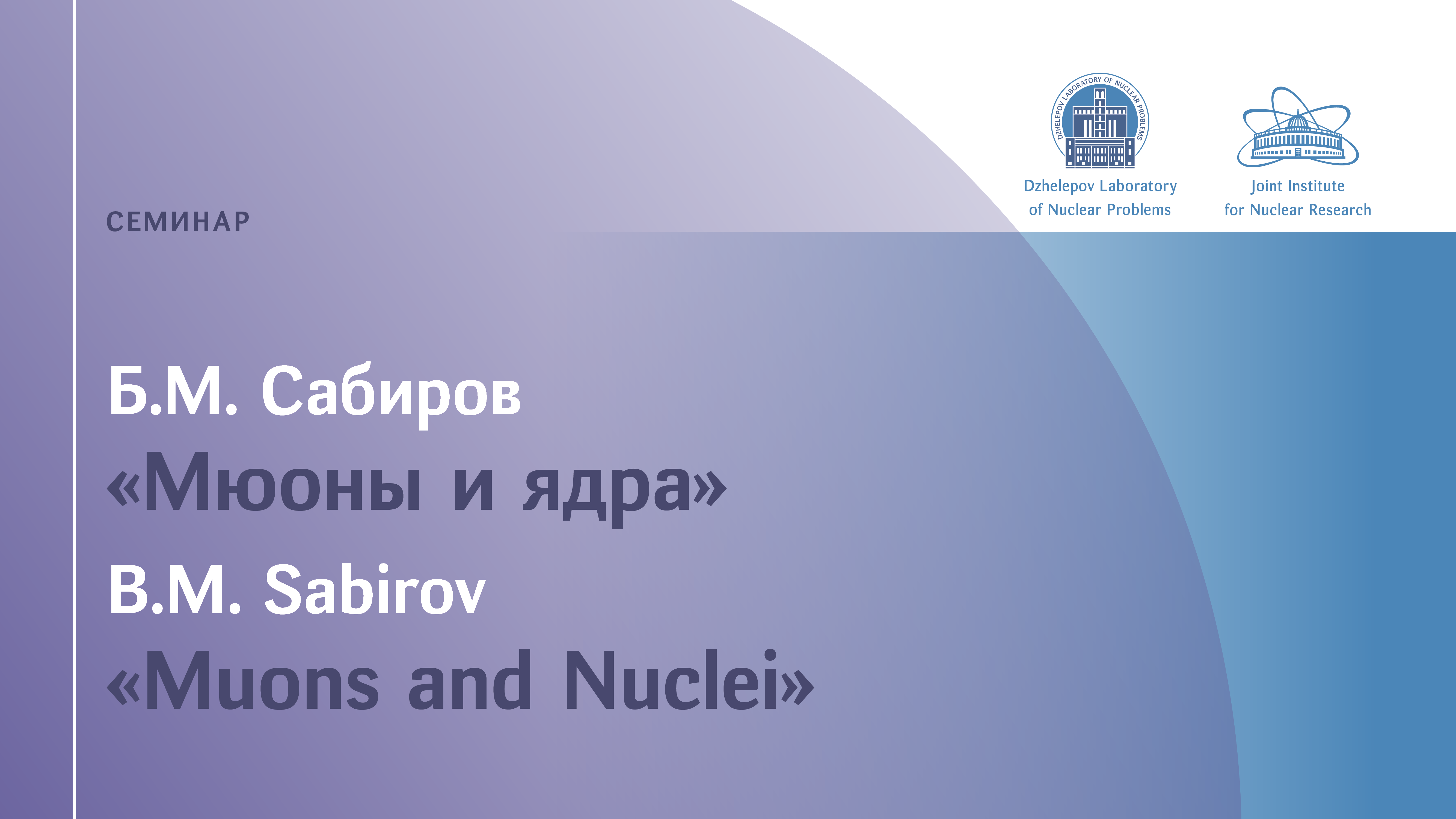“The Light Readout System in Liquid-Argon Modular TPC of the Near Detector of the DUNE Experiment” by Alexander Selyunin
The ND-LAr Consortium embraces several dozens of institutes, including JINR. The JINR's responsibility is to design the light detection system (light detectors, readout electronics, and the DAQ system) and to integrate it into the general DAQ DUNE ND system.
The main purpose of the light detection system is to disentangle signal overlapping within the time interval of less than one microsecond and to generate a fast trigger for the charge readout system (~10 ns) determining initial drift time t0.
Since 2021, 4 prototypes of the TPC modules have been manufactured and successfully tested with cosmic rays. An important stage of approving the design and operation of the ND-LAr, Preliminary Design Review, has been passed. The assembly of the 2x2 module array and neutrino beam tests at Fermilab in 2023−2024 are being prepared. It is planned to manufacture a full-size near-detector module, the so-called Full-Scale Demonstrator, and to test it in 2024−2025. Then, the final approval of the detector, Final Design Review, is expected.
The following points will be discussed at the seminar:
• configuration of the DUNE ND-LAr TPC;
• charge readout system and light readout system;
• analysis of the data acquired during the 2021~2023 testing period;
• plan of activities for 2024~2026.
(The seminar is held in connection with the prolongation of the NOvA/DUNE project within Theme 1099.)



